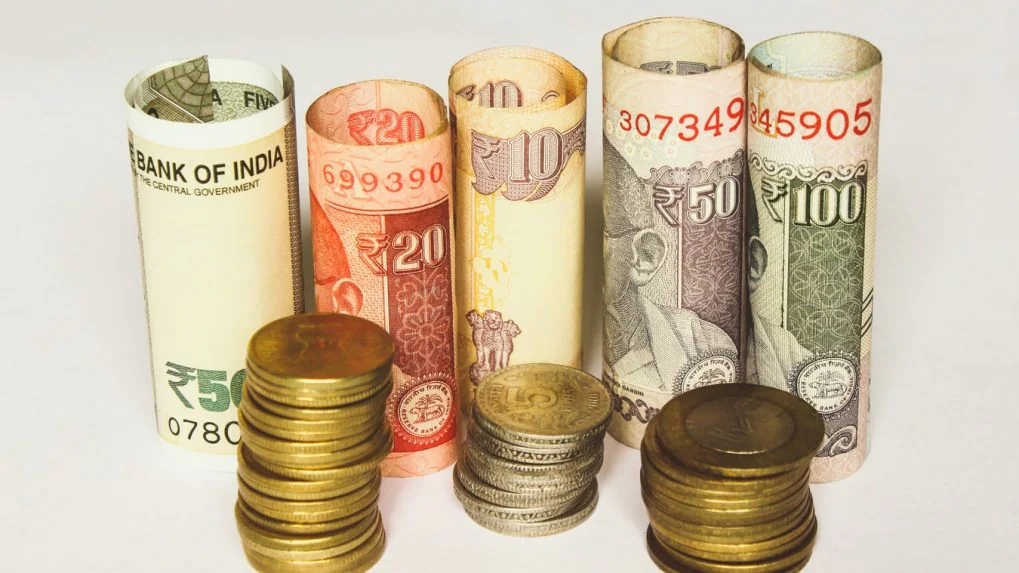- January 21, 2020
- Posted by: Amit Pabari
- Category: Economy

The global capital markets are calm today as US markets are closed for Martin Luther King Jr. Day and investors await fresh trading incentives. New record highs in the US equity indices gave Asia-Pacific stocks a lift last week.
However, Asian currencies remained relatively stable with dollar making some noises and wrapping up gains against most of the major currencies. On the data front, investors brushed off softer US inflation data in favour of stronger retail sales, manufacturing activity and pickup in housing starts. Stabilisation in US yields and the record-breaking moves in US stocks are the primary reasons why investors are piling up US dollars. Going ahead this week, there’s very little to pull off the dollar’s positive outlook as there are no major market-moving economic reports on the calendar. If there are any unexpected political or geopolitical headlines, we might see some pressure on the dollar against the Japanese Yen but could remain stable against other currencies.
Coming to the second-highest traded currency EURO which plunged dramatically, despite a decent print of the Euro Zone CPI which increased 1.3 percent, and the German Producer Price Index rising similar to the market forecast. The ECB meets next week, and the new strategic review as to how to measure and implement price stability target appears to be the key focus, will be fleshed out. The ECB will hold monetary policy meeting in the current week and is currently undergoing policy review and could change their inflation goal for the first time in 17 years. This change and its explanation could have a dramatic impact on the euro. On the data front, January PMIs shall give us a first look at how the Eurozone economy is doing at the start of the year and will also be a market-moving event for euro. Though the EURO is losing value, data continues to improve giving us confidence that the pair could head back up to 1.1180-1.1200 levels in the next few weeks.
Brexit fears resurface
The sterling is not so glittering of late as Brexit fears resurface and chances of BoE rate cut is on the rise. Even PM Johnson’s smooth election victory failed to bolster demand. Between the softer industrial production, trade, inflation and retail sales numbers, the odds for a first-quarter rate cut from the BoE are extremely high. At a minimum, more than 2 members of the monetary policy committee could vote in favour of easing. Interestingly, sterling is just beginning to lose momentum. Looking forward, markets will keep eyes on the Brexit headlines for fresh impulse while Tuesday’s headlines employment data from the UK will be the key to watch. A weaker UK labour and PMI reports could intensify the slide to halt near 1.2900 levels.
At home, since markets are calm with no new happenings, all eyes turn to the upcoming budget and the RBI policy that will drive the theme for rupee in the near future. Due to an unexpected shortfall in revenue and higher spending, the fiscal deficit for the current financial year is likely to edge higher at 3.7-4 percent. However, the same is likely to slow down the capital flows into the country which could lead to the currency’s weakness towards 71.50 levels in the weeks to come.
Amit Pabari is managing director of CR Forex Advisors.
Leave a Reply
You must be logged in to post a comment.




